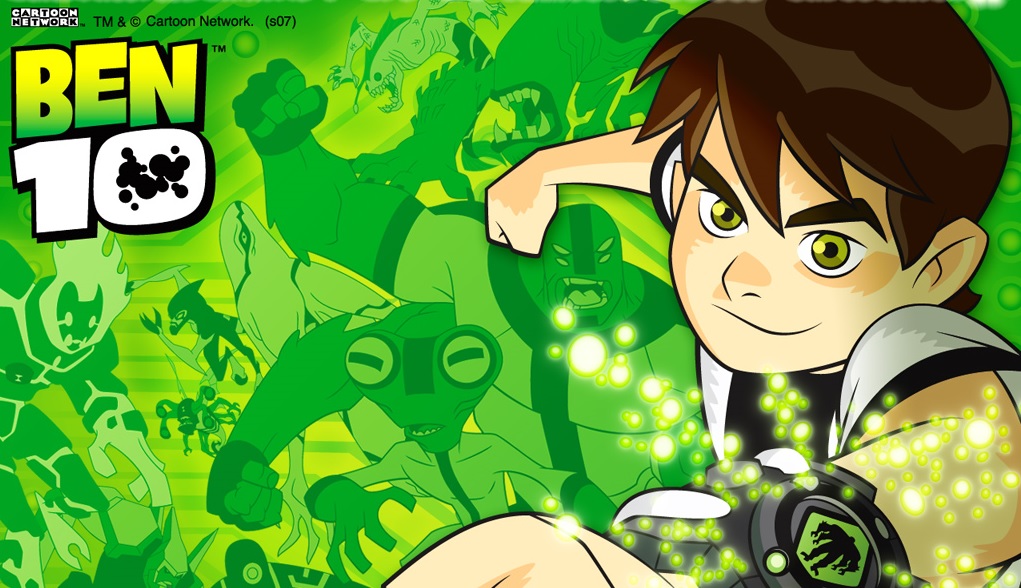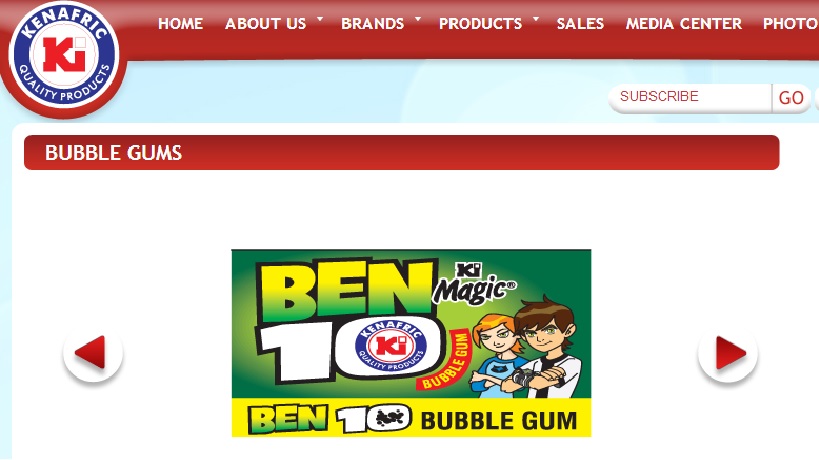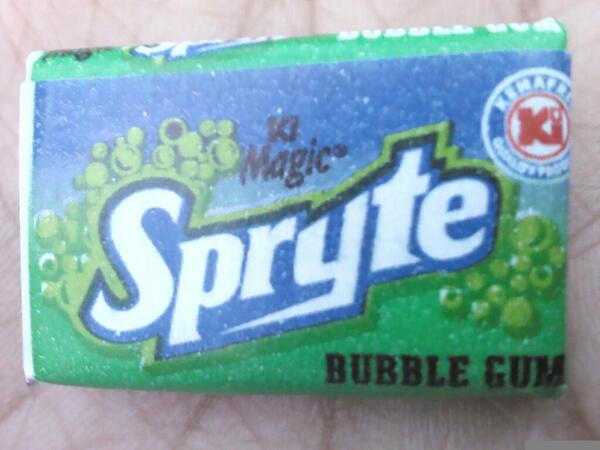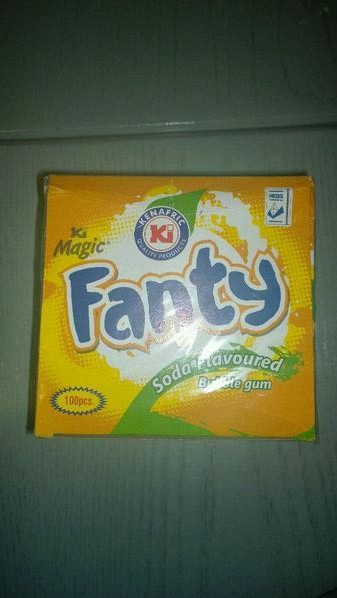
The Business Daily recently reported that Time Warner Inc and Kenafric are in talks to settle their copyright and trade mark infringement dispute out of court. It is reported that both parties recently appeared before the soon-to-retire IP-savvy Justice JB Havelock to request more time to conclude settlement discussions.
As we had previously discussed here, Cartoon Network Africa through its parent company, Time Warner had moved to the High Court to stop local confectionery giant Kenafric from using its cartoon “BEN 10” on the wrappers of its bubble gum products. Time Warner argued that the association of the chewing gum with its brands was damaging to the reputation of BEN 10 and goods branded with the label including toys, video games and clothing valued at Sh275 billion therefore Kenafric’s use of the name BEN 10 amounts to trade mark infringement of BEN 10 Trademarks. In addition, the sworn affidavit by Cartoon Network’s Vice President Louise Sams claimed that the unauthorised reproduction or adaptation or publication or broadcast or sale or distribution or possession or importation of the offending chewing gum by Kenafric constituted copyright infringement.

In its defence, Kenafric argued that the Cartoon Network products in question are registered under different classes under the Nice Classification hence Time Warner cannot challenge Kenafric given that the latter deal in different products. Kenafric also argued that the US firm has no local operations that can make consumers links its products with those of Kenafric, which are mostly sold within East Africa. All in all, Kenafric contended that the line of trade of the two companies is distinct and there are no similarities between their goods that can confuse customers.
In the meantime, many intellectual property (IP) commentators agree that Kenafric runs the risk of being dragged to court in similar fashion by the Coca Cola Company for its wrappers which appear to infringe on the “FANTA” and “SPRITE” marks. These infringing get-ups are available below:


Be it as it may, this blogger argues that Kenafric’s public experience with intellectual property enforcement should serve as a lesson to other commercial entities on how not to use the IP of other entities.
From a copyright perspective, literary and artistic works that make up a trader’s brand image cannot usually be used without that owner’s permission. Of course, the copyright owner may refuse to give permission for use of their work. In the case of Kenafric’s operations, it is clear that its uses would not fall within the scope of the fair dealing provisions and would not be subject to compulsory licensing through the Competent Authority. Therefore Kenafric would have to seek and obtain permission in writing to use, reproduce or adapt any trader’s copyright works.
Therefore, Kenafric would have to negotiate a licence to cover the use it intends to make of the work. This licence is essentially a contract between Kenafric and the copyright owner including the terms and conditions of use and payment or royalty for the use. The Copyright Act distinguishes between exclusive and non-exclusive licenses however the license must be in writing.
From a trade marks perspective, if Kenafric wants to use other people’s trade marks, it must obtain permission. Trademarks may be registered or unregistered. The registration of a mark gives the proprietor of that mark the exclusive right to the use of the trademark upon or in relation to the goods in respect of which it is registered, or in relation to services for the purpose of indicating that a particular person is connected, in the course of business, with the provision of those services. It follows that the proprietor of the mark may sue for infringement where there has been an unauthorised use of the registered mark. In addition, the registered owner of a trademark also retains the right to protect any reputation acquired through use by means of a passing-off action.
Therefore if Kenafric wants to use a trade mark, it must approach the owner and enter into a licence agreement with them. As one of the largest confectionary companies in the East African region, this blogger is of the view that Kenafric has sufficient bargaining power to negotiate favourable licensing terms and conditions with respect to both trade mark and copyright uses. As witnessed previously in the Mandela Foundation case against Zuji Travel Agency, globalization has made it easy for IP owners to detect IP infringement all over the globe, therefore the onus is on IP users to take all reasonable precautions to ensure that they obtain the necessary permissions and licenses from the IP owners.
In the case of most commercial entities such as Kenafric, formalized licensing arrangements provide a desirable win-win outcome for all parties involved as opposed to costly and lengthy court cases. What remains to be seen is whether Kenafric and other local companies will learn from the Ben 10 case.